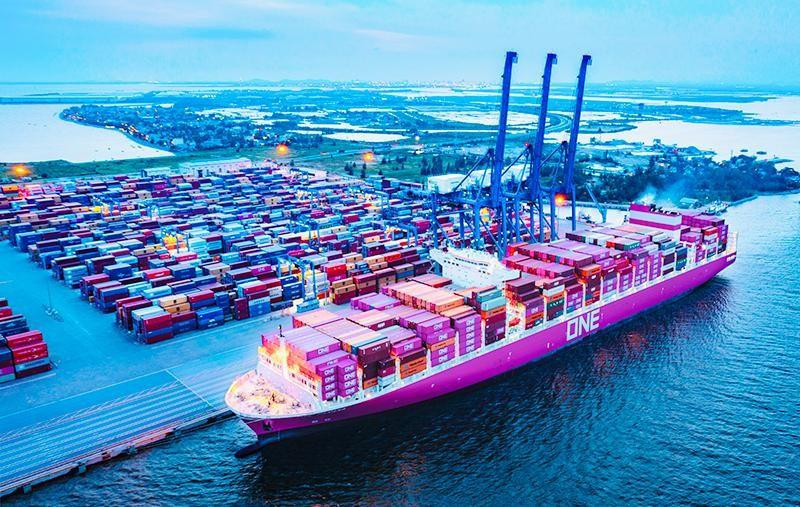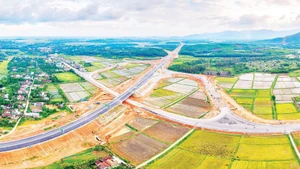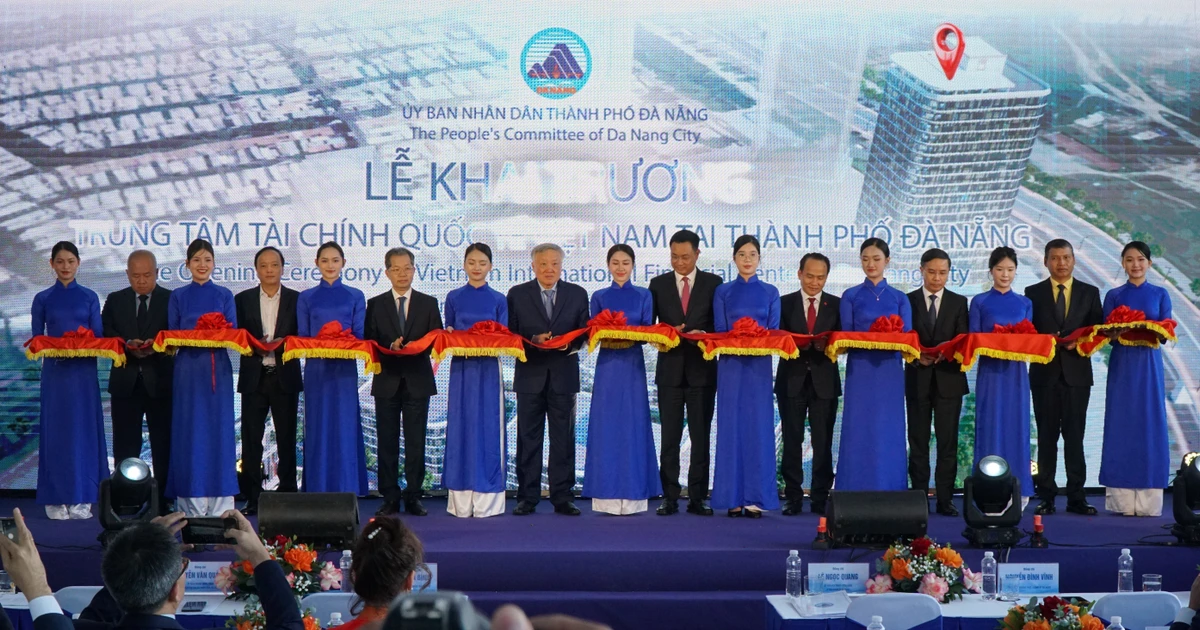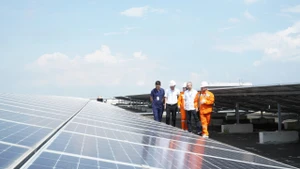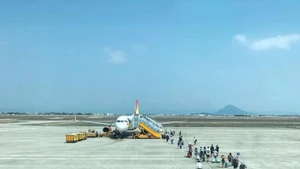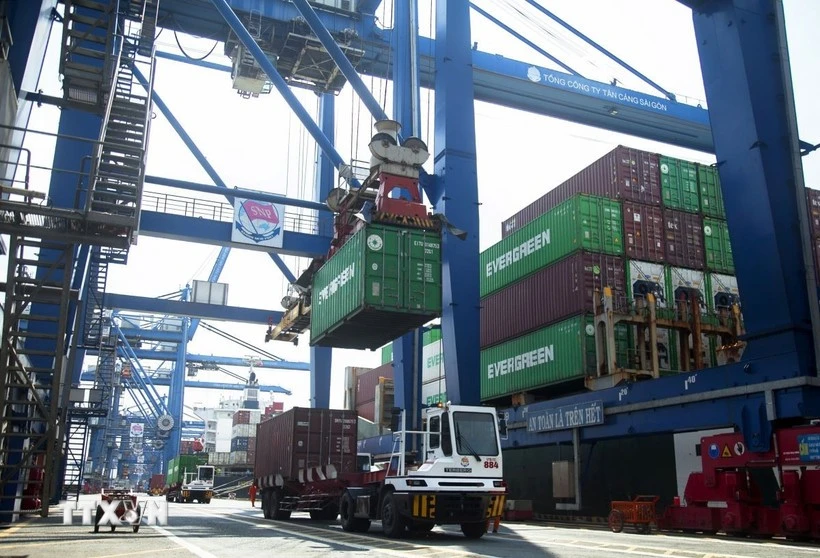According to Associate Prof. Dr, Bui Tat Thang, former Director of the Development Strategy Institute and Chairman of the project to make Hai Phong planning in the 2021-2030 period with a vision to 2050, Hai Phong has been a prime port city, the largest of its kind the north.
Pham Hong Minh, Chairman of the Port of Hai Phong JSC, said the Hai Phong Port was formed in 1874 in the colonial time, playing an important role in ensuring national defence and security and acting as a gateway to the sea of the whole northern region.
Currently, Hai Phong has 52 ports, of which the Hai Phong International Container Terminal in Lach Huyen wharf area is the first modern deep-water port in the north. The port, put into operation on May 13, 2018, is also among the top 20 largest deep-water ports in the world with a capacity of handing 132.900 DWT container vessels. It serves the direct transportation between the northern region and American and European countries, helping reduce logistics costs and enhance the capacity of Vietnamese exports, motivating the development of the deep-water port system as well as logistics activities in the northern region.
Major Doan Tuan Hai, Chairman of the Tan Cang Hai Phong International Container Terminal Company Limited, said that the deep-water port, together with Cat Bi international airport and the Hanoi - Hai Phong highway, contributes to completing the trade infrastructure between Hai Phong and other provinces and cities in the country and the world. This transport infrastructure system has also helped promote import-export activities and attract investment, especially foreign direct investment (FDI), creating a driving force for the port city to take off and boost the socio-economic development of all northern provinces.
In order to optimise its advantages, in the 2021-2026 period, the city has focused on three economic pillars of high-tech industry, seaport-logistics, tourism-trade.
In the recent five years, Hai Phong has been the leading locality in the country in FDI attraction. Last year, the city came first in the field by receiving 5.5 billion USD.
Le Trung Kien, Director of the Hai Phong Economic Zone Management Board, said that so far, the city has attracted more than 870 FDI projects from 42 countries and territories, with a total investment of about 24 billion USD.
As part of the efforts to lure more investors, at the end of August, Chairman of the Hai Phong People's Committee Nguyen Van Tung led a delegation to an investment promotion conference in the Republic of Korea. Right after that, Tung directly worked with 50 businesses of the European Chamber of Commerce in Vietnam (EuroCham) to brief them on cooperation and investment opportunities in the city.
Meanwhile, the number of international tourists to the city is also rising. Hai Phong has called for investment from many large tourism firms such as Vingroup, Sungroup, Flamingo, and Glixemco, he said.
Along with economic development, Hai Phong’s outlook has been improved greatly. To date, the city has spent over 1.2 trillion VND (50.84 million USD) to build 278 rural works.
Hai Phong is striving to get all local districts recognised as new-style rural areas within this year, and complete all criteria for model new-style rural areas in 22 communes, while continuing to build 35 model new-style rural communes.
The city has also designed plans to attract investment for logistics and aviation development. The construction of a coastal highway connecting localities of Ninh Binh, Thai Binh and Nam Dinh is also being considered by the Government. According to Secretary of the municipal Party Committee Tran Luu Quang, once completed, the project will create great chances for Hai Phong to develop.
